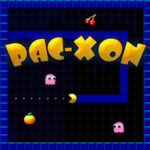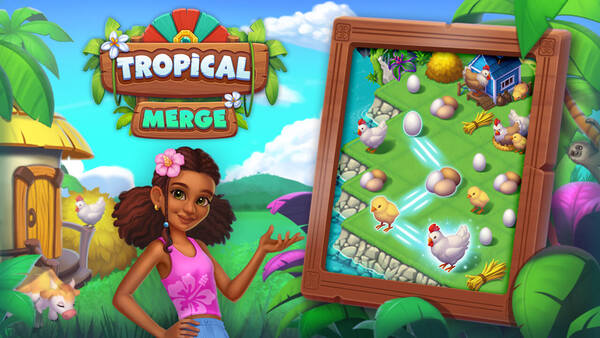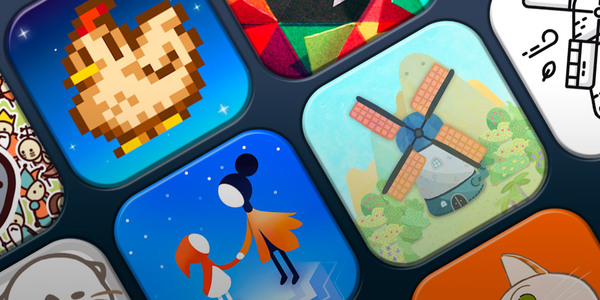The Legend of Zelda: A Complete Guide Through Time and Legacy
The Legend of Zelda is more than just a game series—it is a cultural phenomenon that has defined generations of adventure seekers, puzzle solvers, and storytelling enthusiasts. Developed by Nintendo and introduced in 1986, it follows the journey of the silent hero, Link, as he rescues Princess Zelda and faces the evil Ganon across various timelines and lands. Known for innovation, emotional depth, and boundary pushing design, the series continues to shape the future of interactive storytelling.
Origins of The Legend of Zelda: How the Classic Began (1986–1991)
The very first title in the series arrived on the Nintendo Entertainment System in 1986. It introduced revolutionary mechanics such as item based exploration, nonlinear progress, and a save function built into the cartridge—something that had never been done before. The top down view, minimal dialogue, and mysterious world invited curiosity and imagination.
In 1987, Zelda II arrived with a side view and more focus on combat and leveling. It was bold and experimental, but controversial for its deviation from the original's structure. However, both titles laid the foundation for concepts still seen today.
Key Early Features
-
Open exploration encouraged discovery without guidance
-
Dungeon items unlocked new paths in the overworld
-
Players could save progress directly on the cartridge
Super Nintendo and the Golden Era (1991–1998)
A Link to the Past launched in 1991 and quickly became a fan favorite for its polished visuals, responsive controls, and dual world concept. The shift between the Light and Dark Worlds brought new layers of puzzle solving and exploration. It refined dungeon layout, introduced iconic tools like the Hookshot, and set many series standards.
In 1993, Link’s Awakening brought the series to handheld for the first time on Game Boy. Despite the hardware limitations, it delivered a full experience with clever writing, emotional depth, and surreal characters.
Entering the Third Dimension with Ocarina of Time and Majora’s Mask (1998–2001)
The move to three dimensional space came in 1998 with Ocarina of Time on the Nintendo 64. Featuring full camera control, targeting systems, dynamic day and night cycles, and cinematic cutscenes, it was groundbreaking and is still regarded as one of the best experiences in the medium’s history.
Majora’s Mask followed in 2000 and brought a darker tone, a repeating three day cycle, and an emotional narrative that explored themes of fear, loss, and transformation. Despite a shorter development time, it remains one of the most ambitious and beloved entries.
Style and Experimentation: The Wind Waker and Twilight Princess (2002–2006)
The Wind Waker took a bold visual step with its cell shaded art style and expressive characters. Sailing across a vast ocean, players could discover islands, treasures, and secrets. Its bright tone initially divided audiences but has since been praised for its artistry and charm.
Twilight Princess launched in 2006 with a grittier aesthetic and a larger world. It featured horseback traversal, midna as a dynamic companion, and the ability to transform into a wolf. The darker mood appealed to longtime followers seeking a more intense experience.
Innovation on the Go: DS and 3DS Adventures (2007–2013)
The Phantom Hourglass in 2007 and Spirit Tracks in 2009 brought the world to Nintendo DS with touchscreen movement, stylus combat, and creative use of hardware. These handheld entries experimented with map annotation and microphone puzzles, offering a unique twist on traditional mechanics.
A Link Between Worlds released in 2013 for the Nintendo 3DS. It revisited the world of A Link to the Past but gave freedom to complete dungeons in any order. Wall merging mechanics added a new dimension to traversal and puzzle solving, refreshing the classic formula.
Reinventing the Experience: Skyward Sword and Breath of the Wild (2011–2017)
Skyward Sword arrived in 2011 with motion controls that mirrored sword swings and puzzle interactions. It emphasized character development, introduced the origin of the Master Sword, and delivered a narrative full of emotion. However, it received mixed reception for forced backtracking and motion control fatigue.
Breath of the Wild launched in 2017 and changed the landscape of the series forever. It allowed unrestricted travel, introduced weather systems, weapon variety, and non linear story progression. Shrines replaced traditional dungeons, and players could reach the final boss at any time.
Breath of the Wild Innovations
-
Climbing, gliding, and physics interactions
-
Chemistry engine where fire spreads and metal conducts
-
Cooking and inventory systems replacing hearts and magic jars
Core Mechanics That Define the Series
The Legend of Zelda has always excelled in blending action, exploration, and puzzles. Each entry provides tools that shape both combat and navigation, encouraging experimentation and creativity.
Exploration Systems
-
Travel across forests, mountains, oceans, and dungeons
-
Unlock shortcuts and secret areas with earned tools
-
Overworlds are rich with hidden caves, mini challenges, and lore
Puzzle Design
-
Environmental challenges use logic, timing, and tools
-
Dungeons introduce new items that unlock boss rooms
-
Later entries like Skyward Sword introduced physics puzzles
Art Style and Soundtrack: The Heart of Immersion
One of the series’ strengths is its visual diversity. Each title presents a different artistic vision—from the pastel colors of Minish Cap to the sweeping realism of Twilight Princess. This diversity keeps the world of Hyrule feeling new with each chapter.
The music is equally legendary. Composed mainly by Koji Kondo, the soundtrack features themes that are both nostalgic and epic. Songs like the Overworld Theme, Zelda’s Lullaby, and Gerudo Valley are instantly recognizable and deeply emotional.
Visual Styles
-
Classic top down pixel art
-
Cel shaded stylization in Wind Waker
-
Realistic models in modern 3D entries
Conclusion: The Timeless Legacy of The Legend of Zelda
The Legend of Zelda is more than a product of nostalgia—it is a constantly evolving journey of bravery, intellect, and exploration. From 8-bit beginnings to fully realized open worlds, the franchise remains a gold standard for immersive storytelling and inventive design. While some design choices have divided opinions, the creativity and spirit at the heart of every title are undeniable. As the series looks ahead to future chapters, it continues to inspire fans worldwide. The legend is not fading—it is only growing stronger.




























